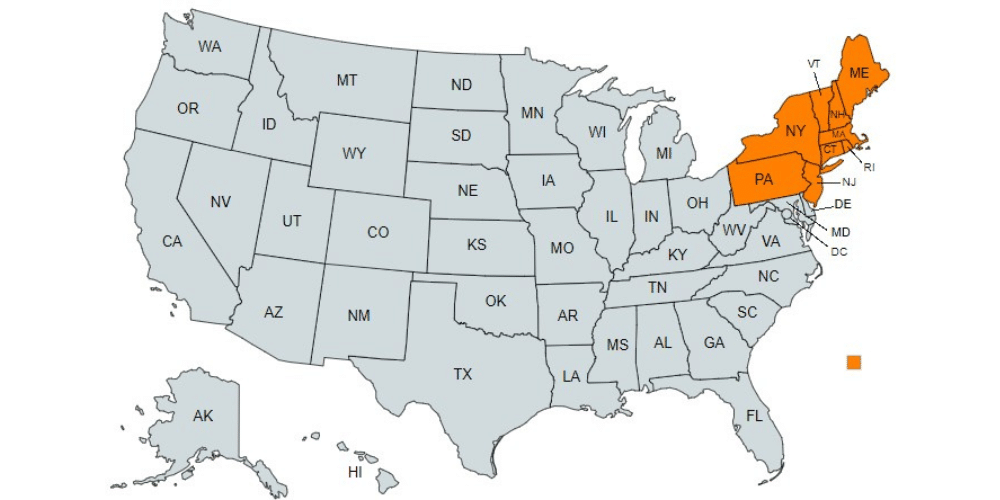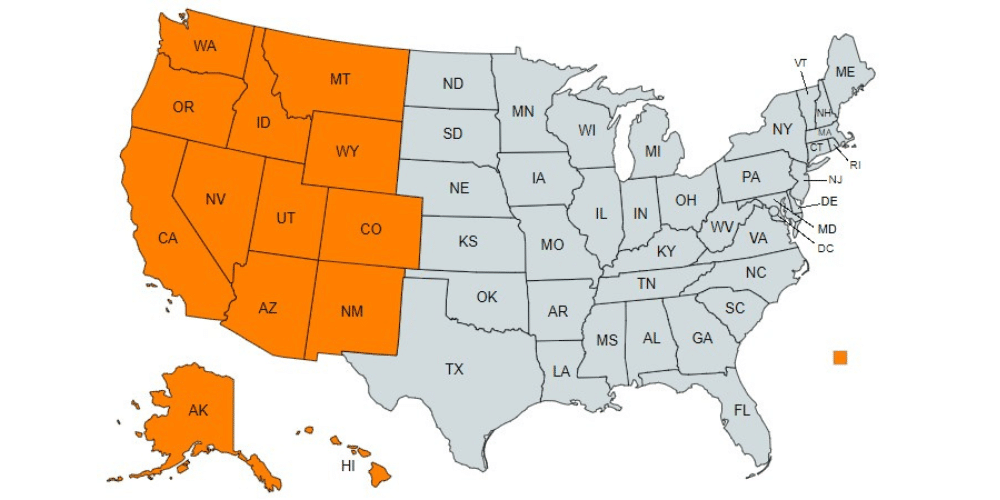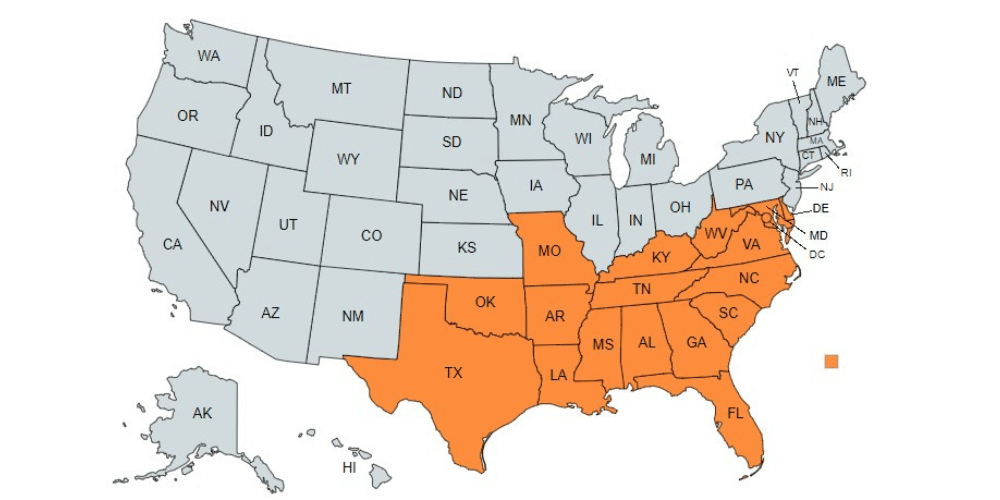Cultural Differences
Bridge Cultures, Build Inclusive Workplaces

Cultural differences are the various beliefs, behaviors, languages, practices, and expressions considered unique to members of a specific ethnicity, race, or national origin. Recognizing these differences is crucial for creating inclusive work environments that attract diverse talent and foster a culture of respect and collaboration. Additionally, regional, industry-specific, and generational distinctions in communication styles, work-life balance, decision-making, compensation, and workplace norms can significantly influence recruitment strategies and team dynamics.
Please continue reading below to learn more about how these cultural and regional factors shape expectations in the workplace, from work-life balance and communication styles to compensation practices and evolving trends in remote work.
Regional Differences in Hiring and Work Culture
Understanding regional nuances can significantly impact recruiting success. Here's a snapshot of key characteristics across different U.S. regions:
Northeast Region
- Work Environment: Formal and fast-paced
- Key Priorities: Emphasis on educational background and credentials
- Communication Style: Direct, clear, and to the point


West Coast Region
- Work Environment: Casual and laid-back
- Key Priorities: Innovation and technical skills
- Work-Life Balance: Highly valued, often integrated into company culture
Midwest Region
- Work Environment: Traditional, with a strong work ethic
- Key Priorities: Loyalty, community focus, and teamwork
- Communication Style: Prefers face-to-face interactions for building trust


South Region
- Work Environment: Relationship-oriented, often more hierarchical
- Key Priorities: Respect, politeness, and indirect communication
- Communication Style: Diplomatic and courteous



































